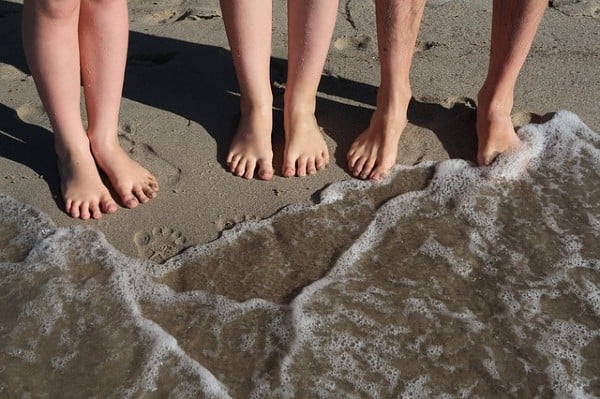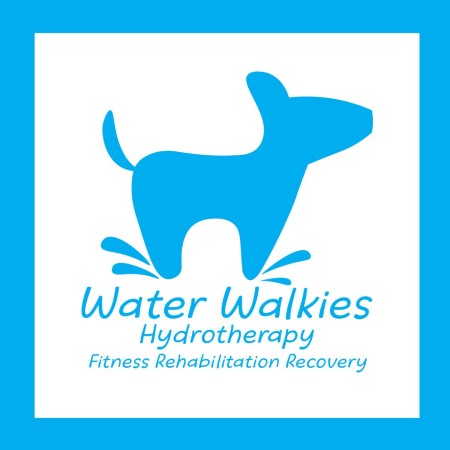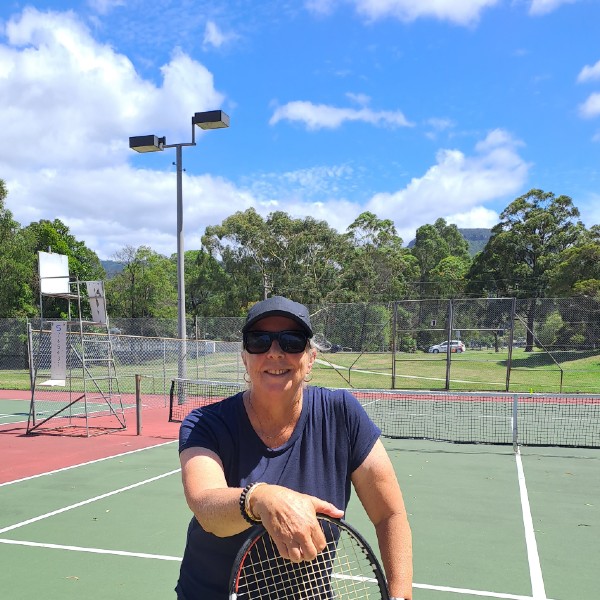This article was updated January 2024.
The queues and empty shelves at Officeworks indicate that the “Back to School” season is upon us. Children across the Illawarra are getting to know new teachers and bringing home piles of books to be covered in plastic wrap (I can hear the collective groan from parents). One of the decisions parents have to make around this time is what pair of school shoes to buy. A couple of Illawarra podiatrists are keen to talk to parents about what to look for when selecting school shoes.
Understandably, some parents opt for cheap shoes, because either their child is getting through 3 pairs in a year due to a growth spurt or the rigours of kicking a soccer ball around the playground every day. Many parents fork out big bucks for “supportive” and “sturdy” school shoes because they’ve been led to believe that growing feet need added arch support.
When you consider the fact that a child will spend 30+ hours a week in this pair of shoes, it can have a significant impact on the development of their feet and over the long run, their ankles, knees, hips, and backs.
So, what are these Illawarra podiatrists saying about school shoes?
A growing trend is emerging through the persistent education of passionate podiatrists such as Illawarra podiatrist, Paul Thompson. Otherwise known as the Barefoot Podiatrist, Paul sees patients of all ages in his Corrimal podiatry clinic.
The List, Illawarra asked Paul for his recommendations when it comes to choosing school shoes:
“We have been conditioned to believe that feet are not capable of supporting themselves and that our feet need to be supported from an early age. But with 33 joints, 100s of muscles, tendons, and ligaments, and over 200 thousand nerve endings, our feet are more than capable of supporting themselves. What many of us parents do not realise is just how important our children’s feet are to their overall health, and just how easy it can be to make footwear decisions that may negatively affect our children for the rest of their lives. The biggest problem I see as a podiatrist is children being fitted with rigid school shoes that stiffen and weaken the feet. Poor footwear actually causes postural changes in a young growing body that quickly lead to dysfunction in the feet as well as in the hips. Ill-fitting shoes with tight toe boxes, raised heels, and excess stiffness and cushioning (found in most traditional school shoes and joggers) squash the feet and limit ‘normal’ movement of the foot which can lead to structural changes such as flat feet, arch pain, bunions and ankle, knee, and hip alignment issues.

Tim Bransdon from Wollongong Podiatry has been on a mission for years steering parents away from the stiff, rigid, “supportive” footwear we all grew up believing was best for our children’s feet. Instead, Tim and his colleagues recommend a light, flexible shoe, with a wide toe box and a flat sole so that the heel isn’t raised.
The advice makes a lot of sense when you look at the logic behind it:
School shoes should be lightweight.
A heavy, bulky shoe can negatively impact your child’s walking pattern (gait) as well as affect their incidental activity levels and willingness to be physically active, though they may not be consciously aware that it’s because of the weight of their shoes. It’s interesting to note that the weight of a child’s school shoe is often around the same as an adult’s shoe, yet the body weight of the wearer differs significantly.
School shoes should be flexible.
33 joints in each foot! This allows our feet to move, balance, and respond appropriately. Have you noticed how bendy a toddler’s feet are? Those toes can do yoga! When we strap those feet into a rigid shoe or one with excessive cushioning, this interferes with the way the joints in the feet work and results in weakened muscles in the feet. Some people’s feet do actually need supportive shoes or orthotics, but that’s because they’re already weakened or damaged in some way (often due to bad footwear). The fact is, the vast majority of children’s feet are perfectly healthy and we need to keep them that way.
School shoes should be flat.
Most modern school shoes have a raised or stepped heel. This unnecessary raising of the heel causes the ankle to shift by lifting the heel higher than the toes and subsequently the knees, hips, spine, and neck to adjust to a new position. The long term implications can include achilles and calf issues, as well as a predisposition to hamstring, knee, and back injuries.
School shoes should be wide.
Another failing with many modern shoes is the triangular shape to the front of the shoe, which forces the toes together in a narrowing of the foot. For feet to have good balance, the toes need to be able to spread out and use the incredible strength of the big toe joint for forward propulsion.
Paul Thompson’s advice is simple;
“For young children, the best shoes replicate being barefoot. I advocate buying footwear that is flat (has no raised heel), has minimal cushioning, is flexible in the sole, and is widest at the toes, as this not only allows the foot to grow and develop fully but also aids in improving motor control skills, posture, balance, muscle development and improves proprioception.”

So what brands of shoes are best for kids’ feet?
There is definitely a growing interest in minimalist footwear and an increasing number of options for school shoes. Some brands worth checking out include Vivo, Xero, PaperKrane, Splay, and Freet. Whatever brand you choose, the main criteria is that a child’s shoe should be light, flexible, flat, and wide.
For personalised advice on your child’s footwear:
Paul Thompson – Functional Podiatrist
www.thebarefootmovement.com.au
@thebarefootpodiatrist (Instagram and Facebook) or
Tim Bransdon – Strongfeet™ Founder
www.wollongongpodiatry.com.au




